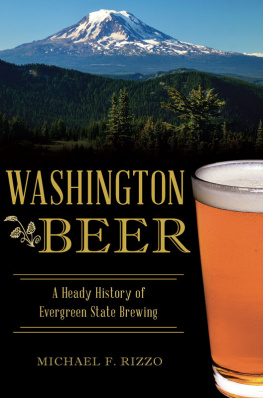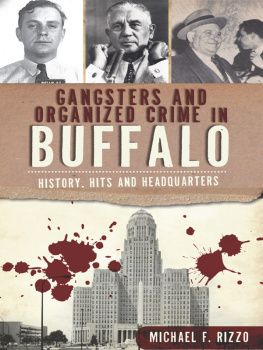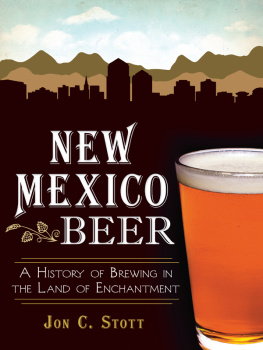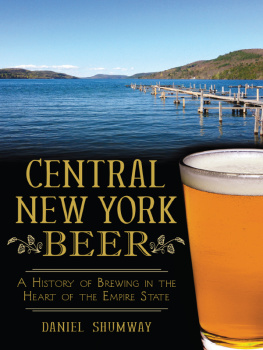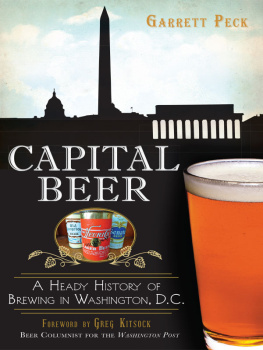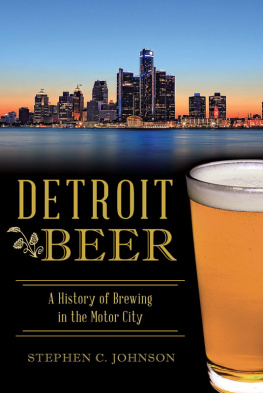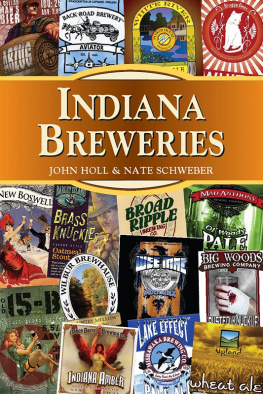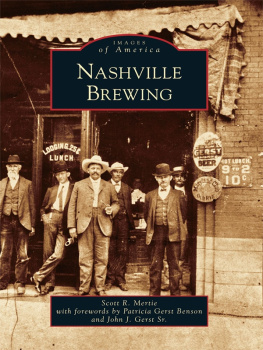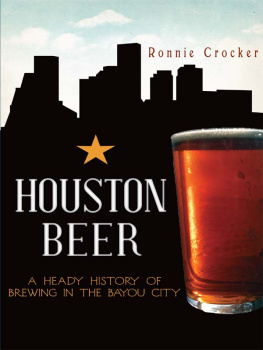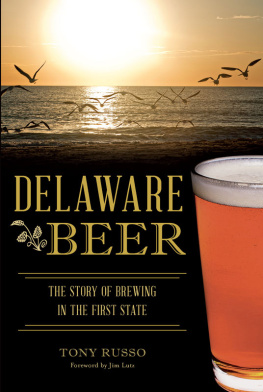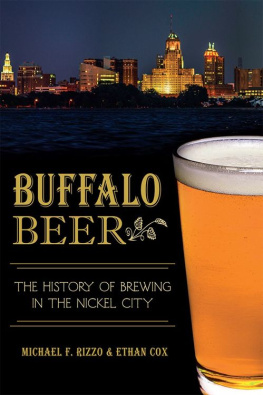

Published by American Palate
A division of The History Press
Charleston, SC
www.historypress.net
Copyright 2016 by Michael F. Rizzo
All rights reserved
Front cover image by Rex S., via Flickr.
First published 2016
e-book edition 2016
ISBN 978.1.62585.678.4
Library of Congress Control Number: 2016930883
print edition ISBN 978.1.46711.908.5
Notice: The information in this book is true and complete to the best of our knowledge. It is offered without guarantee on the part of the author or The History Press. The author and The History Press disclaim all liability in connection with the use of this book.
All rights reserved. No part of this book may be reproduced or transmitted in any form whatsoever without prior written permission from the publisher except in the case of brief quotations embodied in critical articles and reviews.
This is dedicated to my best friend and lover. Weve been through good times and hell. You have cared for me and loved me, and life is better with you in it.
CONTENTS
FOREWORD
Theres no doubt that the state of Washington has been one of craft brewings premier hotbeds. Due variously to Yakima Valley hops; regionally grown barley for malting in the enormous Great Western facility down in Vancouver (founded in 1934); and irrepressible characters and entrepreneurs such as Bert Grant, Robert Kufner and Charles Finkel, it simply makes sense that craft brewers would continue the proud tradition begun by innovators and pioneers like Henry Weinhard, Emil Sick and Andrew Hemrich. The eleven-ounce stubby was invented here, for crying out loud, in 1935, able through a distinctive shape and dubious marketing to withhold the equivalent of a whole twelve-ounce beer from purchasers of a twelve-pack. What brilliance!
In fact, there is an endless list of names connected to Washingtons brewing history, names of people, beers and breweries, stretching back well before statehood and marching up imposingly to the present day. Nearly all of them are chronicled here by Mike Rizzo, whose book proves to be the ultimate argument settler where the trivia of Washington beer is concerned. For me, reading back through our states illustrious past was a lot of fun. Who knew, for example, the connection between a number of local breweries and clam packing? Who knew that during Prohibitionsadly another idea first floated in the Evergreen Stateas breweries scrambled to make ends meet by getting into other product lines, that such things as soap, coconut butter, pickles and soft drinks would do a little of their own pioneering? Olympia Brewing made a line of juice drinks from various fruitsan apple champagne called Appleju and one made from loganberries called Loju. Take that, Lime-a-Rita! Out in Spokane, local boy Bing Crosby got so sick of the sight of barrels of pickles in his fathers brewery that he finally threw it all over and headed down to Hollywood.
Its the modern era that must have been hardest to chronicle, as even though many of the participants are still knocking around, theyve spun off and recombined so many times that the order in which things happened must at times have seemed like a brewing industry version of Rashomon. Ive been around through much of it, and only a few times did I think I might have had anything more to add.
For theres truly never been a more active and exciting time in the history of brewing than now. Here in Washington, weve got three-hundred-odd breweries in operation, with many more on the way. One of my fondest realizations of the past twenty or so years is riding my bike along the Burke-Gilman Trail in Seattle and smelling boiling wort from a line of several breweries reaching from Ballard to Woodinville. These days, of course, its possible to visit clusters of breweries on foot in neighborhoods across the state. Its an age more golden than the past.
It seems like ancient history now to recall arriving in Seattle in 1990, homebrew in hand and pounding the pavements looking for my first brewing job. At probably no more than thirty thousand barrels production at the time, Redhook was the big craft brewery in the state, and it was a pretty substantial drop after that. Pyramid was next, I guess, and probably then Grants or Hales, which at the time had the two little breweries in Colville and Kirkland. A few of my alma-maters-to-be, Big Time and Pike Place Brewery, had just gotten off the ground, and there were the Noggins pubs and Pacific Northwest in Pioneer Square. Back then, we also had a few big breweries in Rainier and Olympia, of course. The Artesians were still fresh in everyones minds, as were the clever Rainier adsthe one with the motorcycle running through its gears and the frogs that chanted Rainier beer years before theyd been co-opted to say Budweiser. Dont get me started on Bud ads, please.
Another of my favorite memories of quirky local brewing is the day the beer all across town got cloudy. Id been working at Elysian the morning of the Nisqually earthquake in February 2001, and despite the fact that the Douglas firframed building was probably one of the soundest and safest places to be, we all ran outside and watched the pavement ripple down the hill like a receding wave of water and the light poles flail like trees in a gale. Back inside, things got more or less back to normal, but in all the shaking, one of our full conditioning tanks ended up knelt forward on the cellar floor, its legs bent backward under the dish bottom. The next day, when we emptied it, they popped right back out. Later that day, when I had a beer after work, I noticed that with all that sloshing back and forth, of course all the beer in the serving tanks was less than absolutely bright. An hour or so later, meeting friends over at Big Time, I had to remind the confused bartender just coming on shift why the beer he was pouring was cloudy.
So, here you have it: the most complete accounting to date of whats gone on in the Washington brewing scene from then until now, which itself is a moving target. From the rivalries, the buyouts and bankruptcies, the difficulties of Prohibition and the resurgence and flowering of the past thirty years, Mike has tracked it all down. Rainier, it turns out, was a San Franciscobased brand for many years. Good thing we got that one back, however briefly. We also had some of the earliest craft IPAs in the country in Grants, Big Time Bhagwans Best and at Pike Place. And something tells me that were not done yetthere are further appendices yet to come, in books like Mikes and on street corners throughout our state and beyond.
Dick Cantwell
Co-founder Elysian Brewing Company
INTRODUCTION
Beer in the United States is and has almost always been thought of simply as a drink. The alcoholic content in early beers was often lower than that of many beers today. When fighting the temperance movement and prohibitionists in the late 1800s and early 1900s, they often touted the ill effects of hard liquor such as whiskey, but usually not beer. As an example of how things change, a petit jury in 1859 in Steilacoom, Washington, asked for a meal while deliberating:
One Ham;
Twelve dozen eggs;
Two pounds butter;
Six loaves of bread;
Three cans of oysters;
Three do. pears;
Three do. peaches;
One gallon whisky (Scotch);
Five gallons of lager.
Im pretty sure most courts would not approve of a keg of beer in a jury deliberation room today.
Next page
